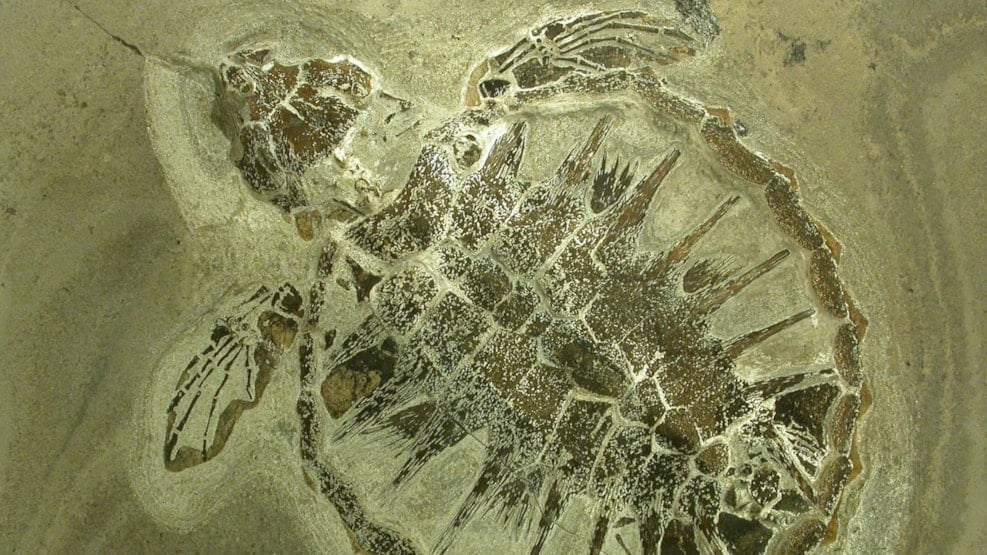
Fossil- og Molermuseet
The museum shows an impressive collection of fossils and tells the story about the mo-clay's formation and its utilization in modern days. This is also the area where there have been found the most and the best fossils – the turtle “Luffe”, Denmark’s longest truck, huge ikait crystals just to mention a few.
The moler emerged about 55 million years ago at the bottom of a big ocean, which covered the area in which Mors and Fur are placed today. The moler consists of a mixture of fine clay and incomprehensible amounts of microscopic diatomite, which lived, died, and sank to the bottom of the moler ocean.
There is also an area with microscopes where you can examine the moler yourself. With a small pick or hammer and split a stone crosswise. The inside can reveal the contours of a bird, a fish, or maybe a tortoise. Combined with the beautiful landscapes, a fossil hunt is a unique experience.
In the beautiful surroundings you will find a nature trail, which leads through one of the moler graves and past excavated houses from the Viking Ages and the Middle Ages.
You are welcome to search for fossils at the bottom of the grave. However, it is not allowed to search for fossils in the steep walls due to landslide danger. You can have your findings assessed in the museum. Suitable for handicapped.
The Museum of Mors
The Fossil- and Molermuseum is a part of Museum Mors. When you have paid the entrance fee you can free visit: Dansk Støberimuseum, Dueholm Kloster og Skarregaard.
Read more about Museum Mors.